Discovering the power of yeast
Case Study
Maitreya Dunham. Cold Spring Harbor Yeast Genetics & Genomics Course
I really enjoy science because of the element of discovery and creativity that goes into it. There is nothing more exciting than finally figuring something out or having a good idea and then going to see if it will work or not. Being able to really understand what is going on in the cell and the genome? It is just amazing to me that we can do that. We can look inside these single cells and, using all the powerful tools we have today, learn more and more about them.
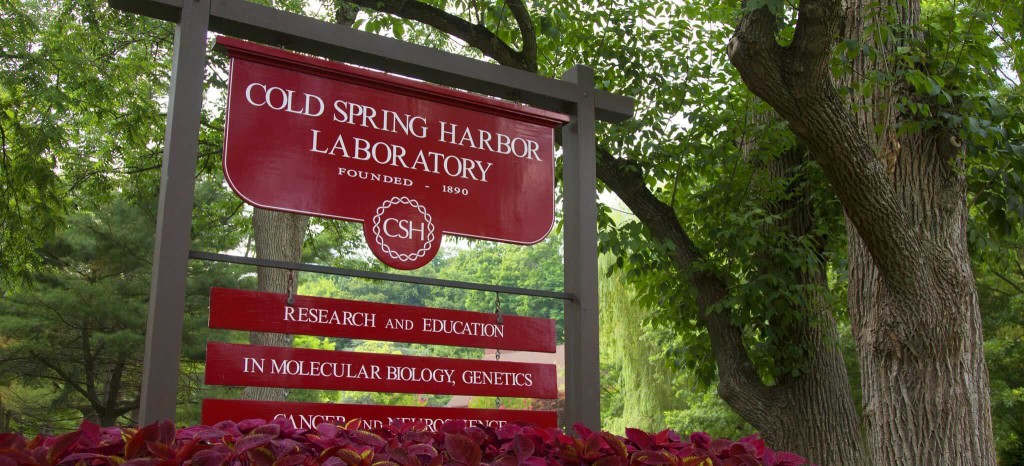
It is fun, especially in the yeast field, to be part of a community of a lot of people thinking hard about a question and playing off ideas that other people have. One thing I appreciate in particular about yeast is how open everyone is with their ideas. People will go to meetings and talk about unpublished things and give ideas freely. That really accelerates discovery in yeast and has been the reason there has been so much, both technical innovation in yeast that’s been translated broadly, and also biological discovery and understanding of fundamental mechanisms of how cells work.
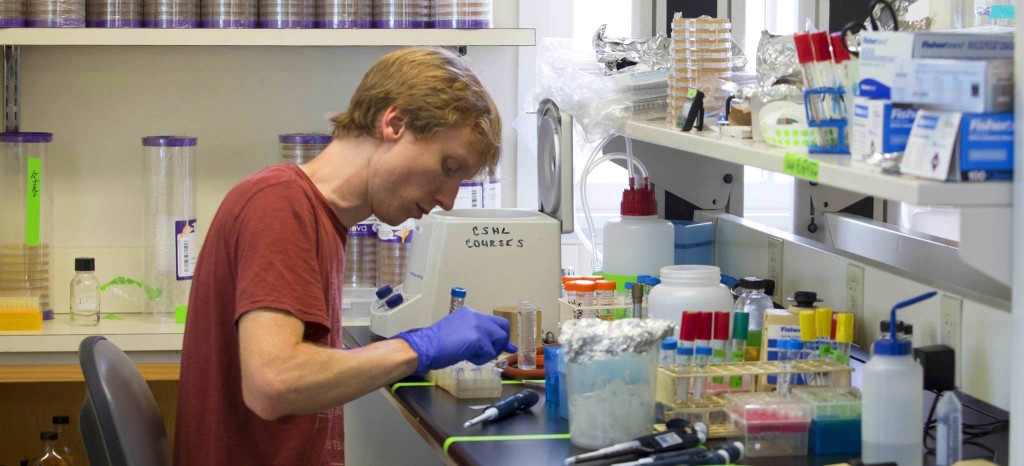
I think that we [the yeast community] have enjoyed being technological innovators and the first to get all the new toys for a long time and it has been actually fairly entertaining over the last few years to see how some of the new sequencing and genome editing tools have kind of ‘yeastified’ the world. Now you can do in other systems what you used to only be able to do in yeast. That’s incredibly powerful of course. I think that the community is definitely special, people are always pushing the envelope.
“I don’t think Yeast will ever go out of style because it’s so useful. Manufacturing things in Yeast, Yeast for food beer, and wine. It’s involved in all the great things in life.”
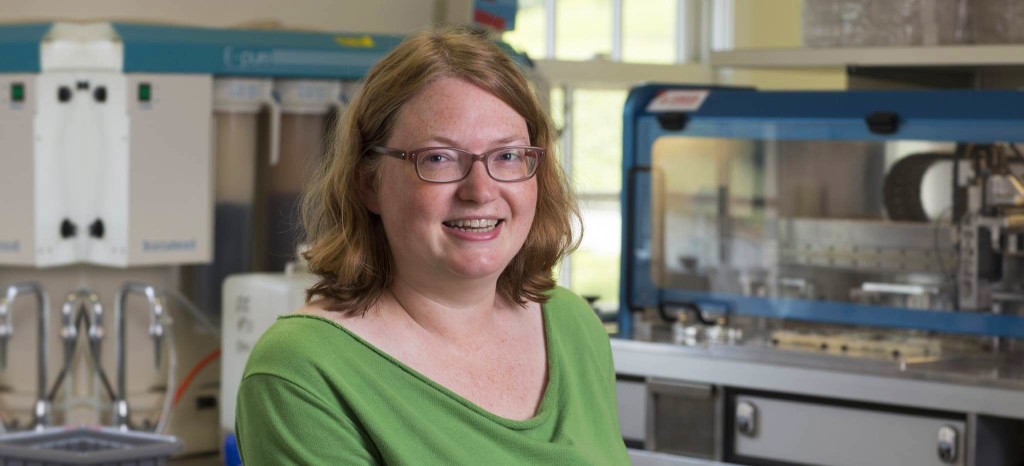
The usefulness of yeast will always be there and the interesting advances in synthetic biology and fermentation-based processes are also always going to be there, in addition to all the great biological questions that are still very well addressed using yeast as a model. Also different yeasts are becoming an emergent system for all sorts of other topics beyond eukaryotic cell biology, like evolution. You can sequence all these yeast genomes so easily and quickly, evolve them in the laboratory, do comparative genomics and do experiments on all these different systems.
I’m funded by NSF to do some research involving brewers and homebrewers. The lager yeast genome, for example, is a hybrid between two different species that occurred something like 500 years ago that has been evolving since then. And so we have been doing some experiments in the lab making hybrids in the lab and then evolving them and asking, do we see some of the same genome shuffling events that we find in lager yeasts? Can that help us understand what happened as these lager yeasts were developed? One of the key questions we look at is, how does having the wrong number of chromosomes affect a cell? Of course that’s important for cancer, for Down’s syndrome, for a growing number of other disorders in humans like schizophrenia and autism which have copy number variants associated with them.
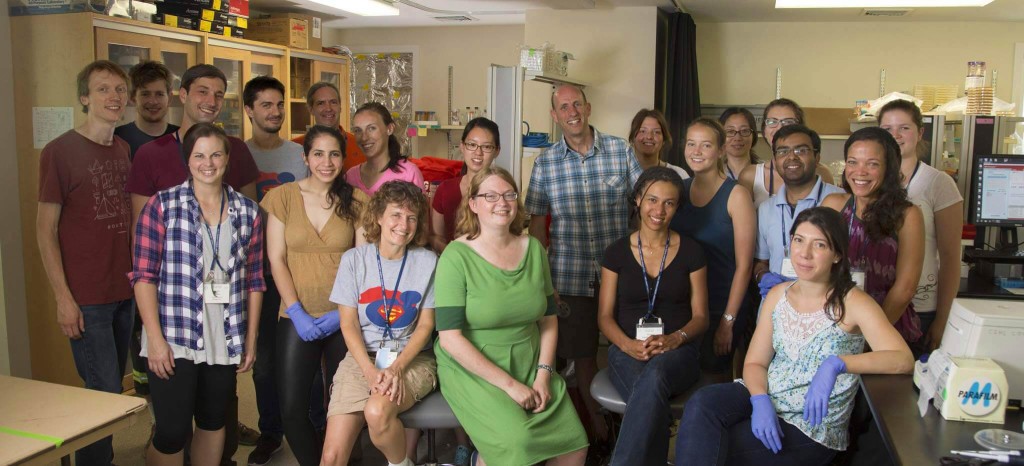
One thing that’s been really gratifying is that some of our work on aneuploidy in yeast has ended up being predictive for what happens for when you go and do those similar experiments in mammalian cells. I’ve had a great, long-standing collaboration with Angelika Amon’s lab where her lab created a whole set of strains containing one extra chromosome at a time. We have an example right now where we discovered last year that yeast cells with an extra chromosome have a lower lifespan, so if you count the number of times the mother cell can divide then that’s lower for a cell with an extra chromosome than it is for a normal cell. That’s interesting because there’s some indication that that might also be happening in higher organisms. There are some mouse models and also some people with Down’s syndrome that have interesting ageing phenotypes. We are just starting up a collaboration in worms to see if the same things that we find for the single cells are also true of whole organisms. I think that partnering with people who have that expertise and at least helping prioritise what experiments to do in more complex systems is one important way that we can help lead research in other fields that is more directly applicable to human health.
The idea of the Cold Spring Harbor (CSH) Yeast Genetics & Genomics Course is to, in three weeks, cover the fundamentals of yeast genetics and genomics that a modern scientist working, or just getting into yeast, would really need to learn. We had the occasionally very advanced undergraduate, but mostly they are graduate students and postdocs, several faculty members, which is always fun. We also had a couple of folks from companies or breweries. I was astonished when I got asked to do it because it’s such a storied class. It’s been around for so long and so many of the greats have passed through it, it was really an honour even to be nominated.
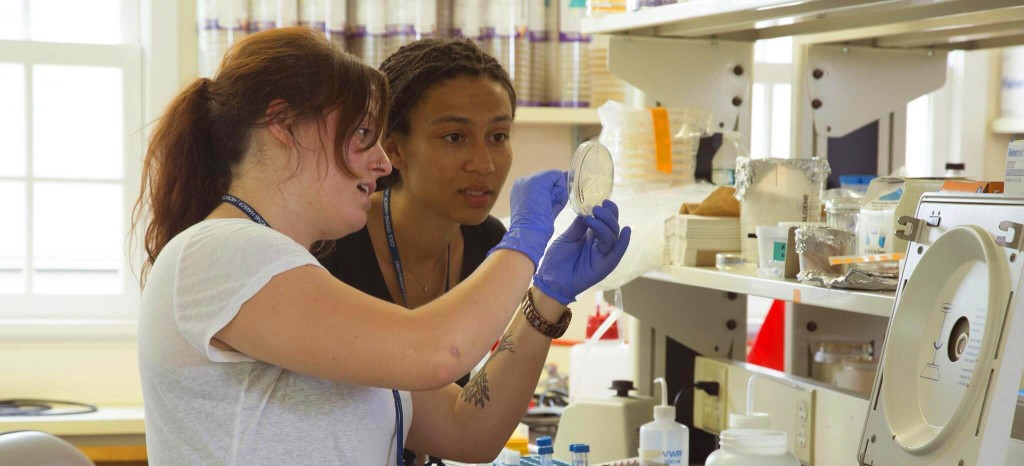
They go from tetrad analysis, transformation, basic manipulation of yeast, basic imaging of yeast, all the way up through and including whole genome sequencing, SGA, and genome editing using modern tools. I still do a teaching lab of the Luria Delbrück fluctuation test – which is a classic – but we have updated the protocol so that it is a modern, semi-high throughput way to do it. But it is in the room that the phage course was taught in. It just seems like having that element of history is part of the place.
Every year we get such great speakers. Randy Schekman was our big guest this year, who was a student of the course. Pretty great to get some Nobelists in the mix! I’m really excited about the list. It’s a great fun mix of new people who are just starting their labs, and people who have been president of the Genetics Society of America. And we always try to invite a couple of former students back to the course. We make our speakers sing for their suppers. We put them to work! They give two talks. We ask each of our speakers to give a more didactic section, a teaching lecture. Watching Fred Winston talk about, how do you design a screen? That was a highlight from a few years ago. Or Dan Burke do ‘weird tetrads’. Here’s how weird stuff happens, try to figure it out!
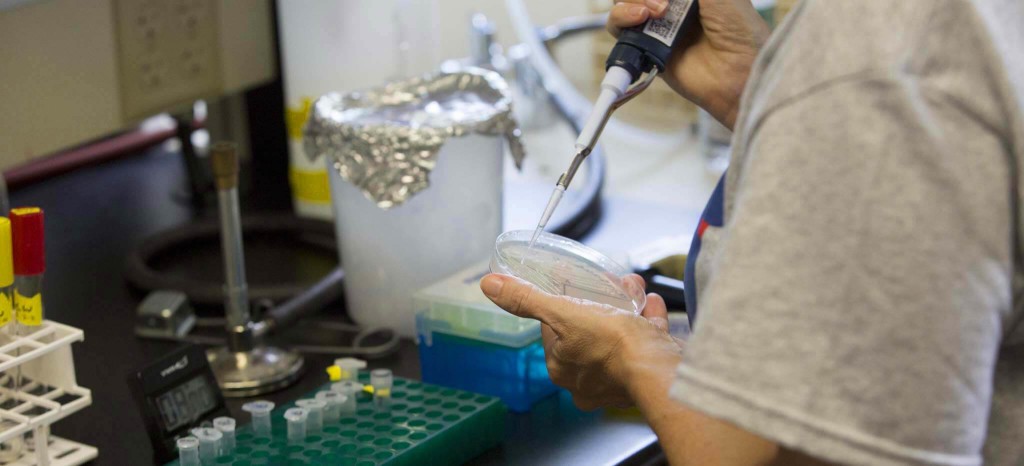
Seeing students at meetings and seeing how well they’re doing out in the world is very satisfying to me. I run into people at meetings sometimes that I have forgotten that they’d taken the course and they end up launching into some story about going out dancing with Fred Sherman or something.
CSH are really helpful in making sure that we have access to whatever we need to teach the latest and greatest at the course. It is kind of crazy actually to be going from tetrads in the freezer, to whole genome sequences, to knowing the mutation. In three weeks! So in order to pull that off, you have to have access to Next Generation Sequencing where you can get your sequence overnight, essentially. We need access to technology for that. The ROTOR+ makes it so that one pair of students, who maybe have never even touched yeast before, can do an entire SGA screen themselves, in three weeks. I think that technology really allows for students just getting into the system to do some damage! It’s a big facilitator. I’m hoping that we can find a way to buy another ROTOR+!
Singer Instruments’ dissection scopes are great instruments for teaching, in part because it is so easy to replace the needles. It’s almost too easy to replace the needles! There is a deep seated taboo amongst yeast geneticists about breaking needles, right? You do not break the needle. If you break the needle you’re going to be shunned. You’d better find the next great needle, or else. But on the SporePlay+ it’s like, here’s another needle. Pop it in, and it aligns immediately. We now own 6 SporePlay+s and these are used by the students for the whole course. Singer also send their resident tetrad dissecting expert and Singer family member. This helps provide the students with a fast and easy approach to successful dissection. We appreciate Singer Instruments’ continued support of the class and the students.
Looking for screening tools to accelerate your research?
ROTOR+: the only microbial screening solution capable
of pinning a million colonies an hour.